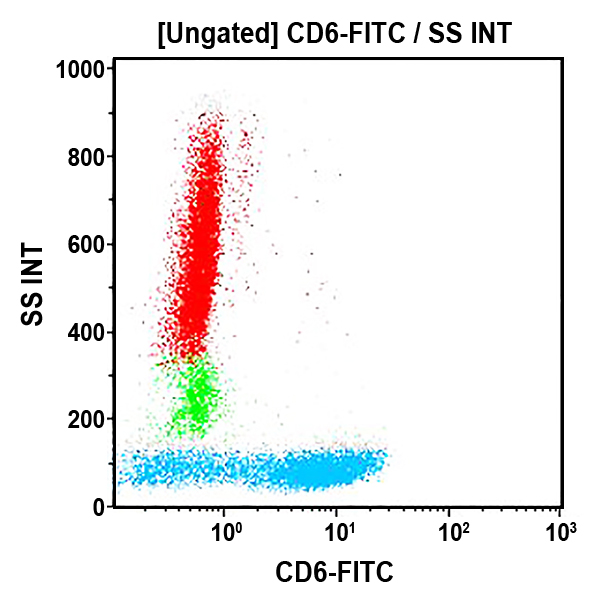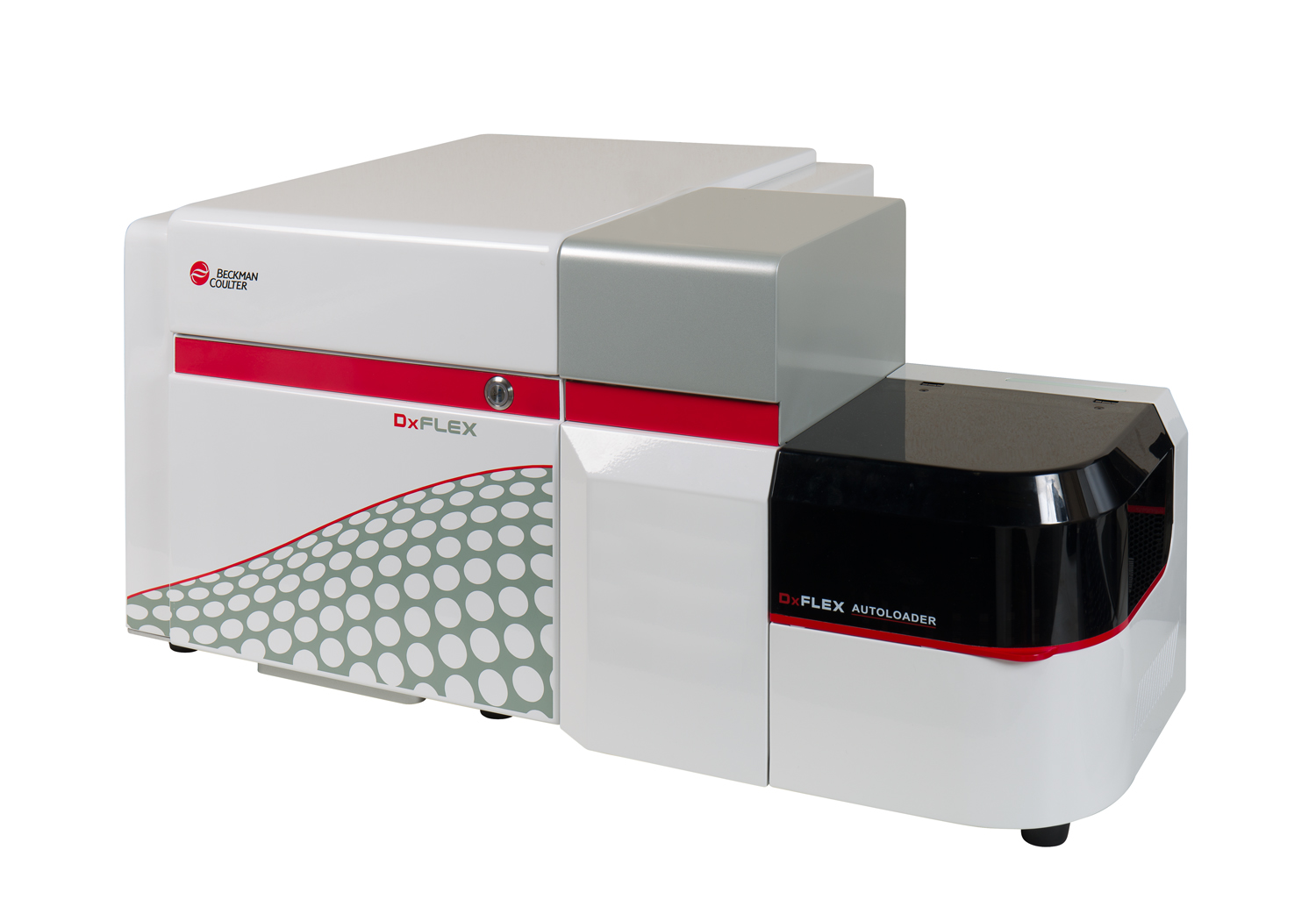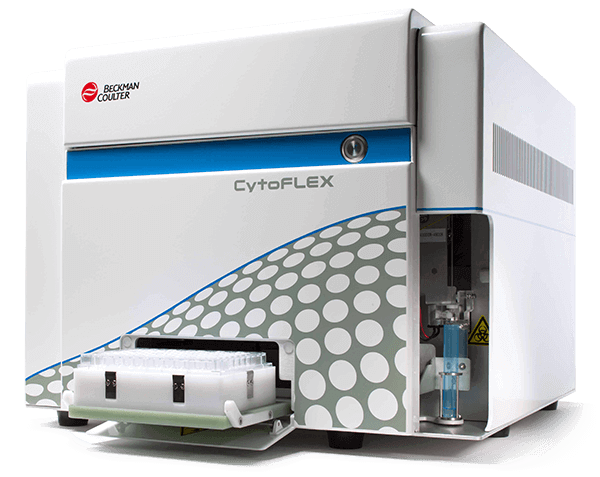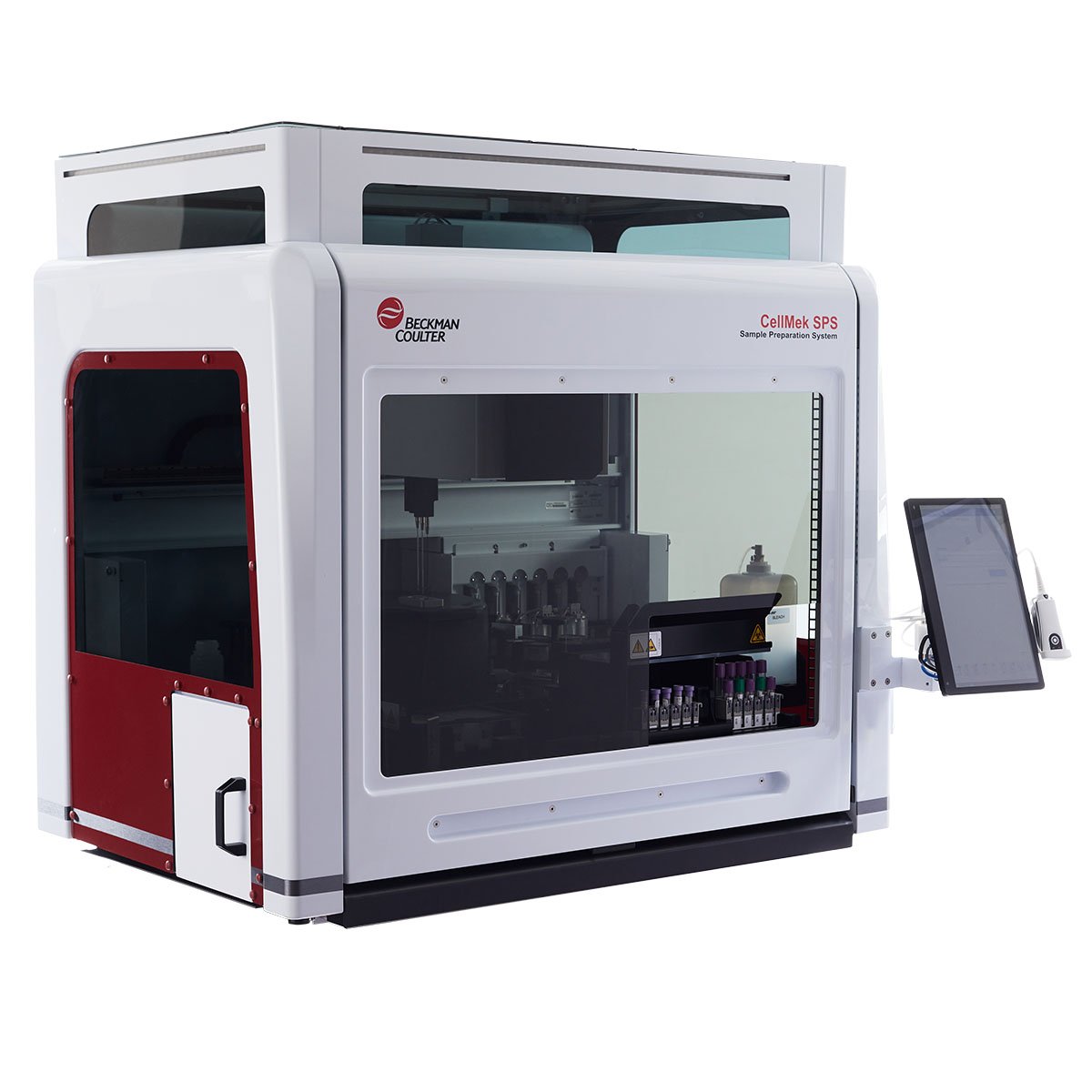CD6 Antibodies
The CD6 antigen is a single-chain type I transmembrane glycoprotein with three extracellular SRCR domains. It exists predominantly in two isoforms as 100 kDa and 130 kDa. CD6 is an extensively glycosylated molecule and differences in glycosylation patterns may occur. The CD6 molecule is modified by phosphorylation of serine, threonine and tyrosine residues during T-cell activation. CD6 have a role as a costimulatory molecule for T-cell activation and in cell adhesion. CD166 was identified as an adhesion receptor for CD6. The CD6 antigen is expressed on the surface of most mature human T cells and a subset of resting B cells and medullary thymocytes. It is found on NK cells not it is reported to be on any other cells.
| Clone: 2H46D3B | Isotype: IgG2a Mouse |






